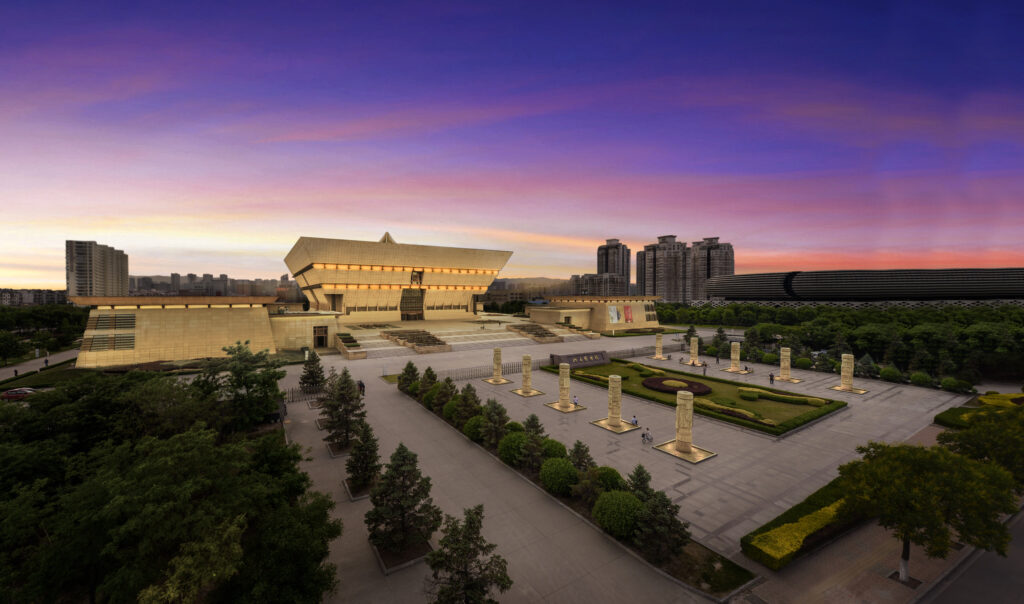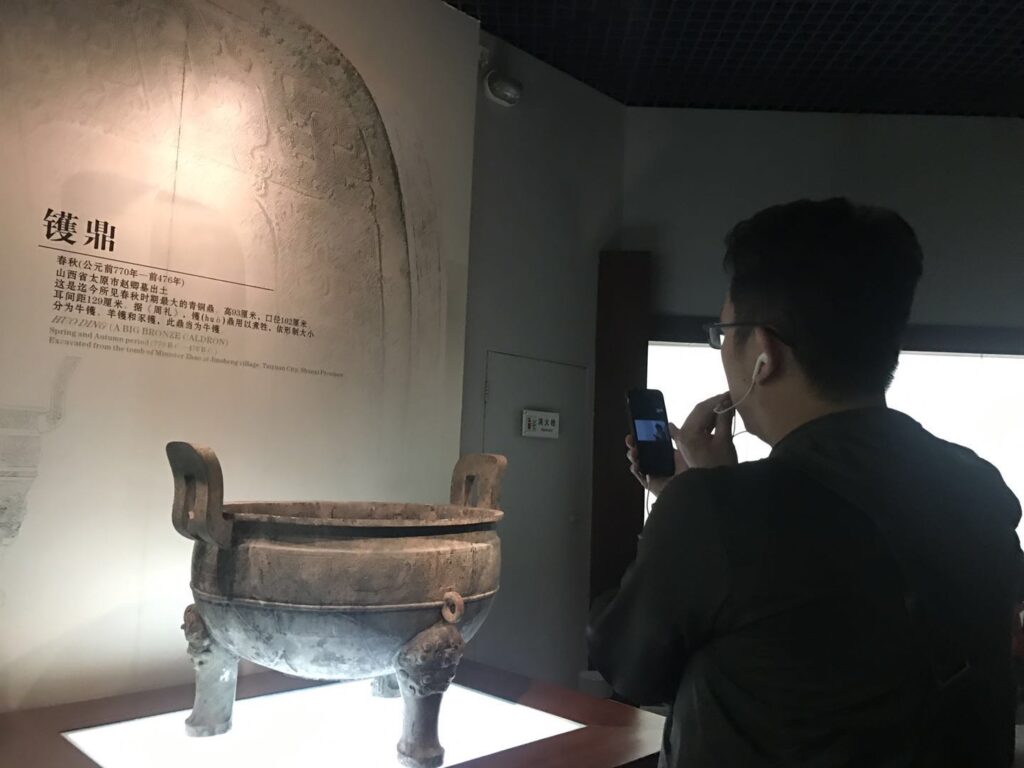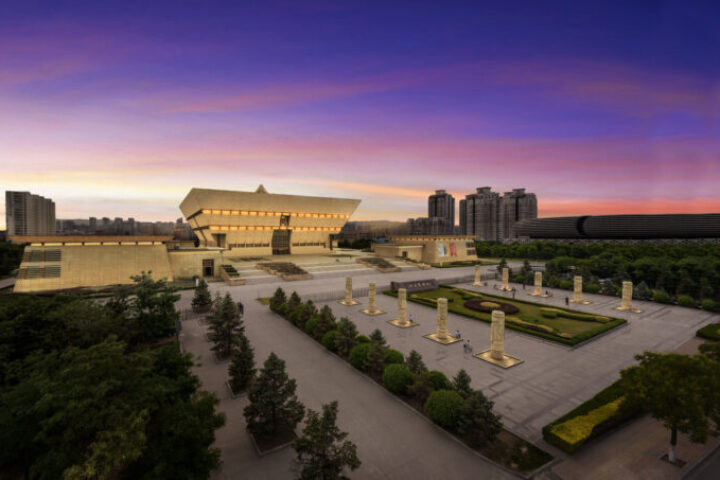
Hai An; Huiguo Zhang
Curator of the Exhibition Department of Shanxi Archeological Museum, P.R. China, Member of ICOFOM; Vice President of Shanxi Museum, P.R. China
Museums have no borders,
they have a network
June 15, 2021
Keywords: Museum Education; Shanxi Museum; Virtual Field Trip.
In April 2019, the museum launched an educational project entitled ‘Ancient China in Shanxi Museum Virtual Field Trip’ (ACSM). Adapted in both Chinese and English, the purpose of this project is to offer virtual museum field trips and diverse, free educational activities online to primary and secondary school students around the world, which they can access directly from their classroom. ACSM is a great opportunity for students to meet and communicate directly with Shanxi Museum’s experts such as docents, educators or even curators, thus enhancing their interest in learning about Chinese history and culture.
From April 2019 to March 2021, the Shanxi Museum hosted more than 150 online Virtual Field Trips within its walls, in collaboration with primary and secondary schools from a dozen countries including Australia, New Zealand, Poland, Uzbekistan, Serbia and India, reaching 5,000 students – which far exceeded our expectations regarding the outreach of the project. The onset of the Covid-19 pandemic and subsequent demand for online learning prompted a significant rise in the demand for the Shanxi Museum Virtual Field Trip.


Project structure
ACSM proposes two sub-themes, according to the participants’ age group:
Each virtual visit usually lasts 45 minutes, 30 minutes of which are spent in the exhibition hall and dedicated to the introduction and discussion of objects; 15 minutes are then dedicated to a Q&A session between students and Shanxi Museum professionals.
The ACSM content design has three cognitive goals: the first is to offer an overview of early Chinese civilisation through the earthenware collection. The second is to reflect the achievements of early Chinese civilisation through the display of bronzeware. Finally, the third and main goal is to stimulate creative thinking among participants, encouraging them to describe what catches their eyes during the virtual tour, leading them to wonder about a particular work of art – why it looks the way it does, how it might have been made, by whom and where, and what purpose and meaning it may have had before and after it entered the museum’s collection.
Students can also ask questions and chat with the curator or other museum professionals from Shanxi Museum online. Frequent questions asked by students are: A: Where did the name ‘China’ come from? B: What is the most valuable artefact in Shanxi Museum’s collection? C: Do dragons really exist? D: What kind of wine do Shang Dynasty people drink? E: Why are many bronzewares decorated with birds or phoenixes? In addition to these questions, students also pay attention to Chinese customs, food culture, or early music performances.
Perspectives for the future
In ACSM, students and teachers can engage in a live virtual museum experience over Skype, Wechat or Zoom led by our exhibition curator or educator. We also encourage our local community school students to organise their own cultural exchange activities with same-age students from other countries, online. For instance, on 26 January 2021, we invited local students to our virtual museum conference room to participate in the India National Day celebration through an online programme organised by a school in India, with the aim of promoting cultural exchange. This Indian school is one of our ACSM partners and has already organised two Virtual Field Trips in Shanxi Museum in 2020. In the future, we hope to develop partnerships with more museums worldwide, so that Chinese students can continue to participate in Virtual Field Trips around the world.
In 2021, with the widespread use of 5G technology applied in Shanxi Museum, the Wi-Fi signal will cover all exhibition rooms and the Internet speed will reach 10 Gbps. As a result, more topics can be covered during the Virtual Field Trips with more stories told from a wider perspective. We also hope to collaborate with more museums and schools around the world, facilitating the participation of diverse museum educators. This will reinforce Shanxi Museum’s role as a provider of educational activities for its community and society as a whole.
Overall, the ACSM project revealed our young visitors’ thirst for knowledge, as well as their enthusiasm for cultural diversity, exchange, mutual learning and teamwork. At Shanxi Museum, we are convinced that a combination of Internet technology and museum education can help to create an open, inclusive, diverse and people-oriented society.
References and resources
Candlin, F. 2010. Art, Museum and Touch. Manchester: Manchester University Press.
Conn, S. 2011. Do Museums Still Need Objects? Pennsylvania: University of Pennsylvania Press.
Cuno, J. 2011. Museums Matter in Praise of the Encyclopedic Museum. Chicago and London: The University of Chicago Press, p. 3.
Macdonald, S. 2006. A Companion to Museum Studies. Oxford: Blackwell Publishing Ltd.
For more information of ACSM in Shanxi Museum, please email Hai An anhai@mail.ustc.edu.en
